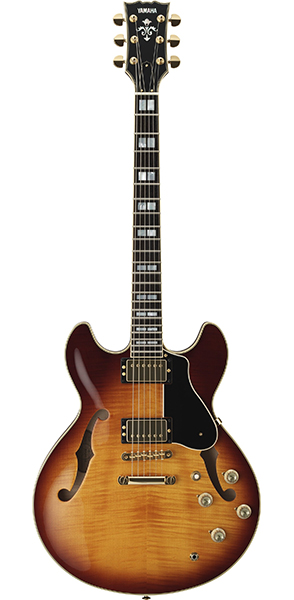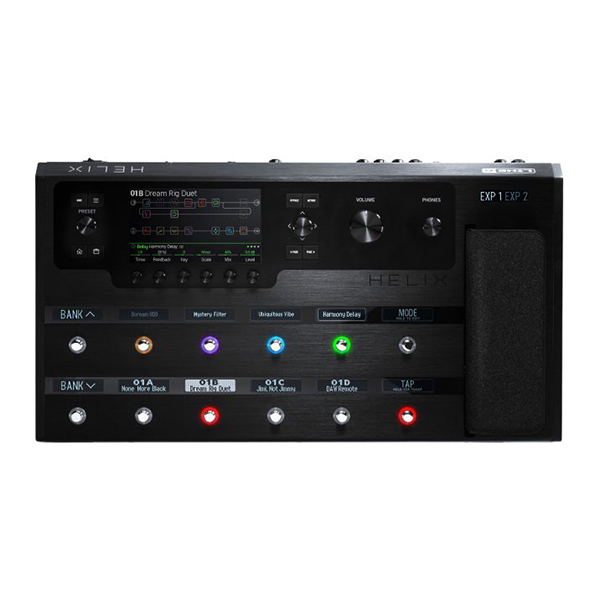This month we’re going to be jamming over a cool B Dorian rock progression.
The B Dorian mode is the second mode in the key of A Major. Simply put, B Dorian is the A Major scale played from B to B.
The intervals we create by sequencing from the second tone of a major scale create a minor scale with a major sixth.
When we harmonize that second sequence of tones from the A Major scale we create a Bmi7 chord.
The Dorian mode is the only minor mode in the major scale that contains a major sixth interval, and it’s this tone that creates the characteristic sound of the Dorian mode.
To enhance our chord progression this month, I’ve added that major sixth to the Bmi7 chord to give us Bmi6. So regardless of the melodic tones we play … we’ll still hear that unique Dorian flavor.
The Solo Protocol
As usual I’ve packaged my licks and lines into two-bar phrases. Even though we are playing over a four bar progression.
I’m starting each phrase on the downbeat of two, as this felt the most natural to me when improvising over this groove.
I’m specifically targeting the major sixth (G#) to further evoke the sound of Dorian, and also looking to feature the ninth (C#) in my phrases to expand the melodic content into other chord extensions.
I’m opening up the intervallic frequencies by skipping strings within my phrases. This approach breaks-up the typical linear runs we often hear from our scalier approaches.
I create these intervallic lines by finding small triangular shapes within the scale shapes I know. Take a look at the lines I’m creating and see if you can see the triangular patterns I’m articulating within the scale shapes.
The Chord Progression
This month’s four-bar chord sequence is in the key of A, with a tonal center of the II Chord, Bmi7 / Bmi6.
Let’s take a look at the full progression, and determine the scale position of each chord within A Major.
IImi6 IImi7 IImi6 IImi6
II: Bmi6(sus4) Bmi7 Bmi6 I Bmi6 I
IImi6 IImi7 IImi6 IImi6 VImi IIImi
Bmi6(sus4) Bmi7 Bmi6 I Bmi6 F#mi7(b13) C#mi7(b13) :II
As you can see, the major sixth (G#) takes precedence in this chord progression by becoming a chord-tone. Our ear becomes accustomed to this sound, and we may even hear that tone within the other chords even though it’s not present.
Specifically targeting that major sixth tone solidifies the Dorian sound, and grounds our melodies on the strongest tone within the progression.
Staying on Track
You’ll notice that I’m playing the rhythm guitar part in the spaces I’ve left for you to play your phrases.
Take a moment to learn the rhythm guitar parts. Perhaps you could play those when I’m playing my licks.
Remember to package your lines within the spaces I’ve left for you.
O.k., let’s get down to business and jam.
Robbie Calvo – https://www.tradinglicks.pro
__________________________________________________________________
Gear Used – Yamaha SA2200 – Line 6 Helix Rack.
Tonal Center Modality – B Dorian (A Major Scale)



